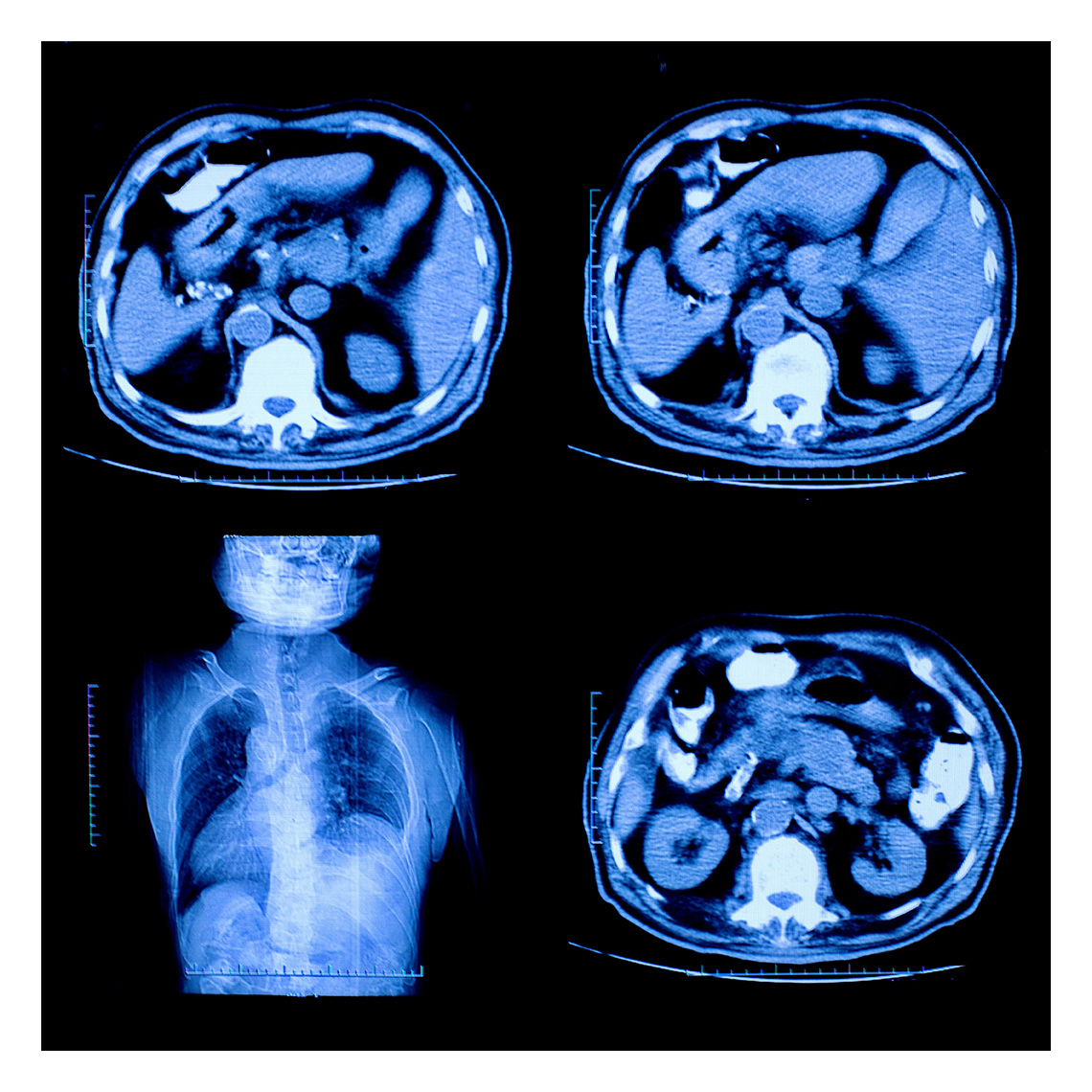Newsletter
“Doc Fix” Bill Might Improve Patient Safety, Too
Apr 29, 2015
Less than four weeks after President Barack Obama declared that the Affordable Care Act (Obamacare) has prevented 50,000 error-related deaths since 2010, Congress passed a new law that has the potential to promote even greater patient safety benefits.
On April 16, 2015, President Obama signed HR2, formally known as the Medicare Access and CHIP Reauthorization Act of 2015 (MACRA), informally known as the SGR Repeal, and colloquially known as the “doc fix.” While the vast majority of media attention has focused on changes to physician reimbursement for Medicare patients, the bill also has ramifications related to malpractice and patient safety.
The malpractice protection is seen in the bill’s wording that MACRA “shall not be construed to establish the standard of care or duty of care owed by a health care provider to a patient in any medical malpractice … action or claim.” This is being interpreted as preventing plaintiffs from citing MACRA’s quality improvement stipulations as the sole basis for an allegation of substandard care. Those stipulations are part of a switch from a strictly fee-for-service model to a merit-based incentive payment system. The Center for Medicare and Medicaid Services will reward physicians for pursuing clinical practice improvement activities, most of which are directed at reducing risks to patients receiving office-based care.
Analysis of more than 20,000 malpractice cases in CRICO’s Comparative Benchmarking System indicates that 49 percent occur in office-based settings and clinics, impacting patients of all ages and health statuses. Opportunities to reduce the risk of patient harm and allegations of malpractice, especially for physicians providing office-based care, are evident in the focus areas for improvements outlined in MACRA.
| MACRA Focus Areas for Improvement |
| Expanded Practice Access e.g., same day appointments for urgent needs and after hours access to clinician advice. |
| e.g., monitoring health conditions of individuals to provide timely health care interventions or participation in a qualified clinical data registry. |
| Care Coordination e.g., timely communication of test results, timely exchange of clinical information to patients and other providers, and use of remote monitoring or telehealth. |
| Beneficiary Engagement e.g., the establishment of care plans for individuals with complex care needs, beneficiary self-management assessment and training, and using shared decision-making mechanisms. |
| Patient Safety and Practice Assessment e.g., through use of clinical or surgical checklists and practice assessments related to maintaining certification. |
The ink on MACRA is still wet, and how enthusiastically individual physicians and group practices embrace the clinical practice improvement activities will be tested by whether or not they see the time and financial reward as practical and worthwhile. What is apparent from the patient safety perspective is that patients—and not just those with Medicare benefits—will be well-served by sincere efforts to reduce the risks that lead to adverse outcomes.
Additional Material
Latest News from CRICO
Ambulatory Safety Nets: Protecting Providers and Promoting Safety with Systems to Reduce Delayed Cancer Diagnoses


The Safety of Outpatient Health Care

